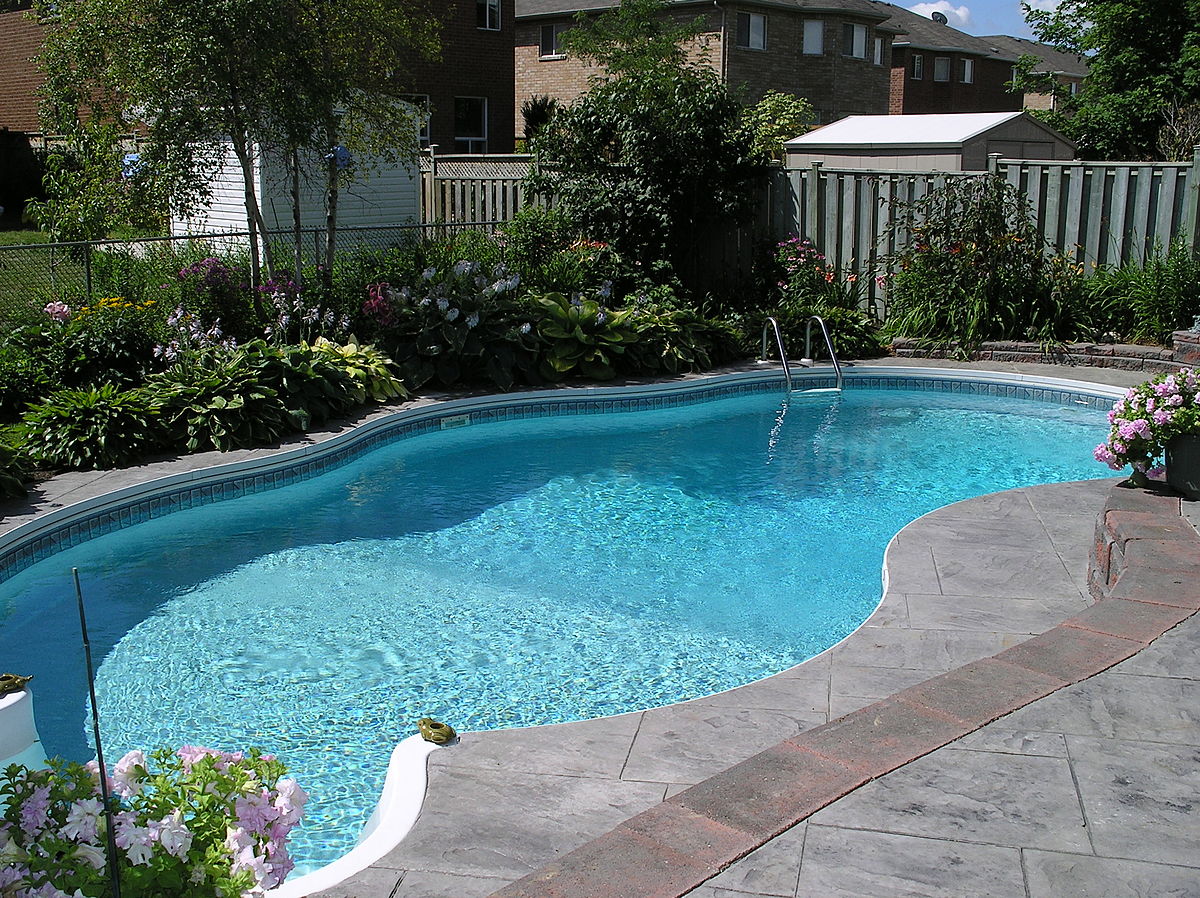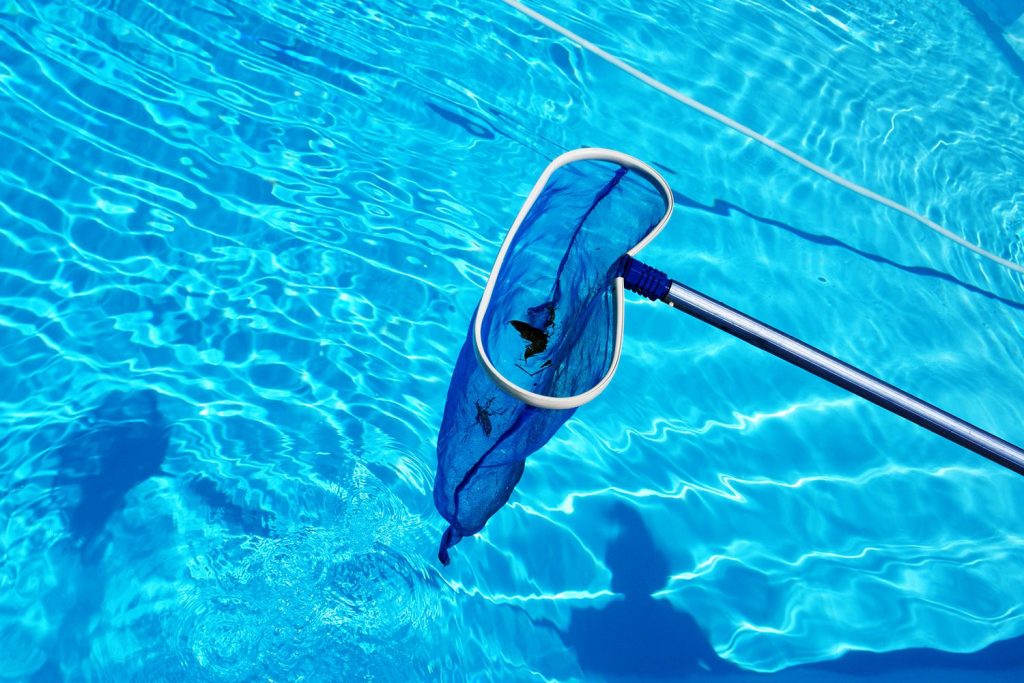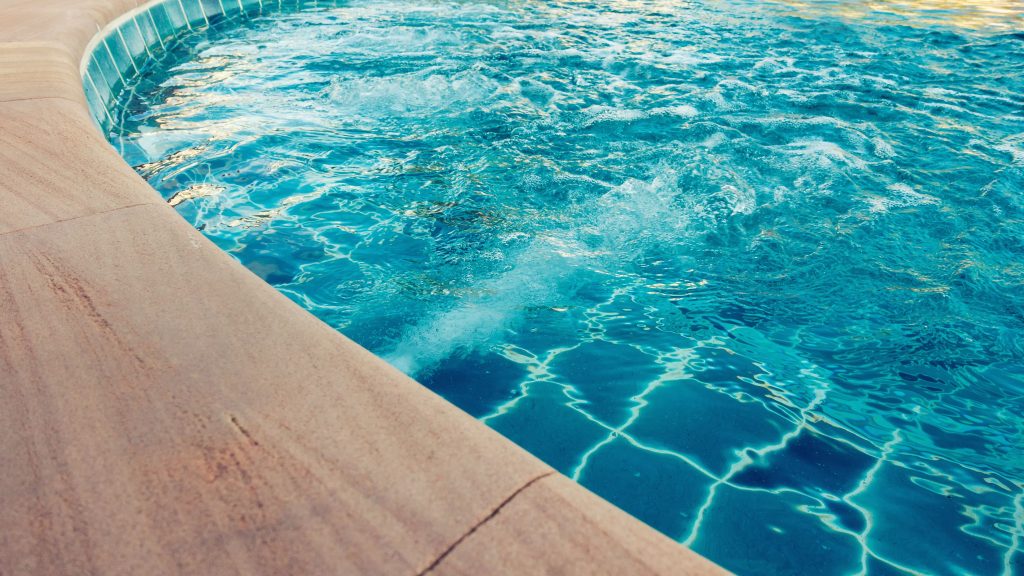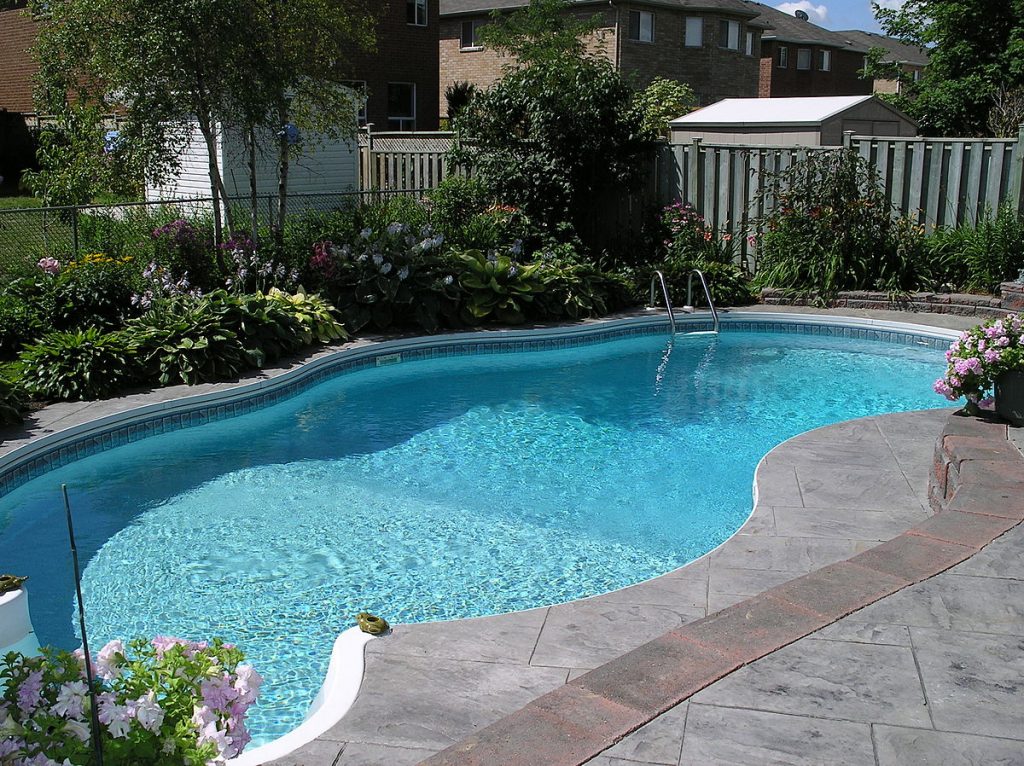
No part of the pool equipment system is as important as the main circulating pump (and its motor). Just as with living creatures, if the pump does not function correctly (or at all), nothing else works. The moment the pump stops working, everything begins to go downhill. The water gets dirty, algae grows, and water chemistry gets totally unbalanced. Making repairs and getting the pool back to good condition can be costly and time-consuming. Yet, keeping the pump working well and preventing problems is not so difficult. Here, we will review the main features of maintaining the pool or spa pump and motor and see how little effort it really takes to keep them in good condition. Even a person who is not handy can spend a little time following a few simple steps and increase the life of the pump by years.

Install the Pump Your Pool Needs
Whether this is a new pool or an existing one, it is important that you install the correct pump and motor that it needs. Proper sizing of the pump to the pool is not a random act. There is science to it based on the amount of water, size of piping, additional water features, elevations and lift, head pressure and other factors. Installing a pump that is either not powerful enough or too powerful can create problems throughout the pool and will shorten the life of the pump and motor. Guessing… can cost you.
Protect the Pump
Protecting the pump from the elements and other sources of damage can save money and stress. The pump will function well and last longer. Install the pump and other equipment on a slab or other firm support not on the ground. Make sure that water from rain or sprinklers cannot get into the motor. Allow room enough for air to circulate around and inside the motor. Do not install motors where debris can get sucked or blown in. Do not install them next to an outlet for a clothes dryer vent. Keep spiders, insects, and other vermin away from the motor. Spiders and insects love to nest in the warmth of a motor. Provide lightning protection for the motor and other electrical equipment. Wherever freezing may occur in winter, provide a freeze protection device or, when the power is off, make sure the pump, filter and plumbing are drained of water.
Do Not Overwork the Pump Motor
The purpose of the pump is to maintain circulation of the water for distribution of chemicals and oxygen, filtering the dirt from the water, and preventing the stagnation that allows algae and other life forms to live and reproduce in the water. In commercial pools and spas, the bather load requires that the pump run all the time to maintain sanitary and healthful conditions. This is not required in most residential pools, where the water may need only to circulate enough to provide one complete turnover of the pool water each day. Unless there is unusually high use of the pool or very high temperatures, a single turnover is enough. Using a timer, the pump can be programmed to run only a few hours each day, just enough to keep the water clean and free of algae and bacteria. In addition to run time, you can overwork a pump motor by negligence. Failure to clean out skimmer baskets and pump strainer baskets can put stress on the motor and may even cause it to overheat, leading to motor failure. During leaf season, check and empty the baskets regularly to be sure that they are not full of leaves or other debris.

If It Is Broken, Fix It!
Pumps and motors are machines. They cannot fix themselves. If a problem exists with the pump, it will not go away without your help. Replacing a very simple and inexpensive part right away can prevent the replacement of a motor or complete pump down the road. Would you rather spend $6.00 today or $600.00 tomorrow? Take 5 minutes once a week to inspect the pump.
What to look for:
Signs of a leak. Pumps should be dry. If you see any water under, on or around the pump, something is wrong. The weakest points of any pump are the shaft seal, O-rings, and gaskets. Replacing them can prevent later damage that could require replacing the motor or complete pump.
Noise. Pumps should be quiet, especially newer models that are 10 years old or newer. When the pump begins to make noise, take notice. There are many possible reasons for pumps to start getting noisy, but all those reasons indicate a problem that needs to be solved. Some of those are:
Air intake through the plumbing or other leaks.
Cavitation in the impeller (like gravel rolling in a drum).
Damaged Motor Bearings (grinding noises).
Foreign object caught inside the pump (high pitched noises).
Excessive heat. Again, several different factors can contribute to this problem.
Inadequate water flow.
General motor wear.
Foreign objects caught inside the pump.
Clogs in a plumbing line or a closed valve.
Motor doesn’t start or runs only briefly and cuts off.
Excessive heat.
Electrical supply problems.
Capacitor or start switch not working.
If any of these or other problems occurs, take immediate action. Turn off the pump, find out what the problem is and fix it.
Fix It Right
You do not want to make a problem worse.

Maintain records
If you are not using the services of a professional, make sure you get the right parts and install them correctly. The key to that is maintaining records on the equipment. You need to know who the manufacturer is and other facts such as the model number, horsepower, service factor, voltage, and amperage. Over time, labels on outdoor equipment can become faded or even disappear; file that information away for future reference when the equipment is new. A digital photo of equipment labels and even the equipment itself can be very helpful when repairs are needed. Always keep instruction and installation manuals, send in the warranty card, and keep your proof and date of purchase. Now, most manufacturers allow warranty registration online at their websites. They also have copies of manuals there.
Do Not Guess
If you are not sure what is needed, talk to a technician. Before you do, get information about the equipment and the problem so you can answer the technician’s questions. Be patient; the technician wants to be sure you both get it right. Do not be afraid to ask questions. Keep in mind, there are no “stupid questions”. That is why there are technicians. No one knows everything about everything.\
Weigh the Alternatives
Sometimes, it may not be best to fix something but rather to replace it. The technicians can help you figure that out, too. This may be especially true if the manufacturer is no longer in business, the particular product is obsolete or has too many things that need to be fixed, or a new pump is available that will work much better and economically for you.
Replacing a pump motor
Replacing a pump motor is not so difficult if you are careful, but mistakes are often made that can result in a short life for the new motor. Be sure that the motor is the right one. And be sure to replace the mechanical (shaft) seal every time you replace the motor or remove it for any reason. That seal is all that protects the new motor from water damage. Water damage voids the new motor warranty. If you take just a few minutes a week to take care of the pump, it will serve you well for many years. If not, you can expect to spend some money replacing it and a lot of time getting the pool back in the shape you want.
You can get more information and advice on pool leakage issues and remedies at Leak Inc. in Sydney, NSW.
